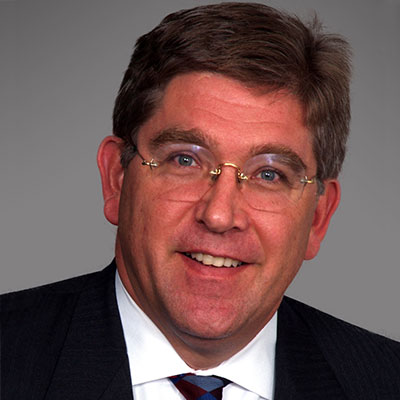Cleaning Up The Bogalusa Pink Cloud
Credit for the recent sale of Gaylord Container Corporation belongs to a litigator as much as to any corporate lawyer. Not only did Thomas Kuhns of Chicago's Kirkland & Ellis help resolve the company's outstanding liability tort claims from a chemical explosion at one of its plants in Louisiana--he also thwarted subsequent attacks on the deal for the paper packaging company. Kuhns's work finally paid off this spring, when Austin-based Temple-Inland Inc. decided that Deerfield, Illinois-based Gaylord was safe to be acquired.
Highly leveraged from past acquisitions of its own, Gaylord put itself on the market about two years ago. But the company quickly found that the unresolved claims from the Louisiana explosion were acting as an unintended poison pill, warding off would-be buyers. Even after Temple-Inland decided to get serious in its pursuit of Gaylord, it didn't want to go all the way until the litigation was concluded.
Gaylord's fate, it turned out, rested with Kuhns. The K&E partner had been on the case since hours after the October 1995 explosion of a railroad car containing a chemical agent at the Gaylord plant in Bogalusa, Louisiana. The explosion dispersed a toxic soup of various nitrogen compounds into the air, creating a massive pink cloud. "I was watching it on CNN [when two Gaylord executives called]," remembers Kuhns. "It was a horrible thing."
Plaintiffs lawyers descended on Bogalusa in the aftermath, signing up local residents for suits against Gaylord. On top of that, Gaylord's ten insurers denied coverage for the incident, citing a "pollution exclusion" in their policies. Kuhns took charge of the company's litigation on each front, both against the thousands of tort claimants, and against the insurance companies from which Gaylord was trying to wrest coverage. After four years of discovery in the suit against the insurance companies, a trial court ruled that their policies did indeed cover the explosion, a decision later upheld by a Louisiana appeals court in early 2001.
But despite that key victory--which meant that Gaylord's insurance companies would have to pay for any settlement up to their policy limits--Temple-Inland still didn't want to commit until the settlement was finalized. "[Temple-Inland] felt we needed to have a settlement with the plaintiffs because they could still hold us up," Kuhns explains.
By May 2001 Gaylord had a handshake deal for a global settlement of all claims against it, which would be entirely funded by five of its insurance companies. Temple-Inland's discussions with Gaylord intensified shortly thereafter, Kuhns says. In September, Gaylord signed an official settlement with the plaintiffs, and later that month Temple-Inland publicly announced its intention to buy Gaylord.
However, it turned out that the sale had a few new obstacles to clear. In its initial tender offer, Temple-Inland agreed to pay Gaylord investors $1.80 per share, and bondholders about 75 cents on the dollar for their senior notes. The bondholders, however, weren't happy with getting less than par for their notes while shareholders were getting a premium. Absolute Recovery Hedge Fund L.P., which held a tiny amount of the outstanding bonds, even went so far as to file a suit in Manhattan district court seeking to break the deal. The suit quickly became moot, though, because the majority of bondholders rejected Temple-Inland's initial offer. Over the next few months, bondholders haggled their price up to 90 cents on the dollar for senior notes and agreed to back the deal.
But Gaylord, and Kuhns, weren't done yet. Steven Schulman of Milberg Weiss Bershad Hynes & Lerach, who represented Absolute Recovery Hedge Fund, asked a Manhattan district court to set aside $3 million for his firm's compensation, arguing that his efforts had helped boost the offer for bondholders.
In a deal in which pennies on the dollar mattered, Kuhns says the demand was a potential dealbreaker. If Schulman had won his request, the money would have to come out of the payment to bondholders. Both target and acquirer were distressed, Kuhns says; just when it seemed the long, tortured path to a deal was almost over, "someone put up another hurdle."
Kuhns went back into court again, but this time he got a quick fix. On February 15, less than two weeks after the initial motion was filed, the court denied Schulman's request.
If only Kuhns's previous work had wrapped up so quickly.
This article is reprinted with permission from the May 2002 edition of The American Lawyer. © 2002 NLP IP Company

